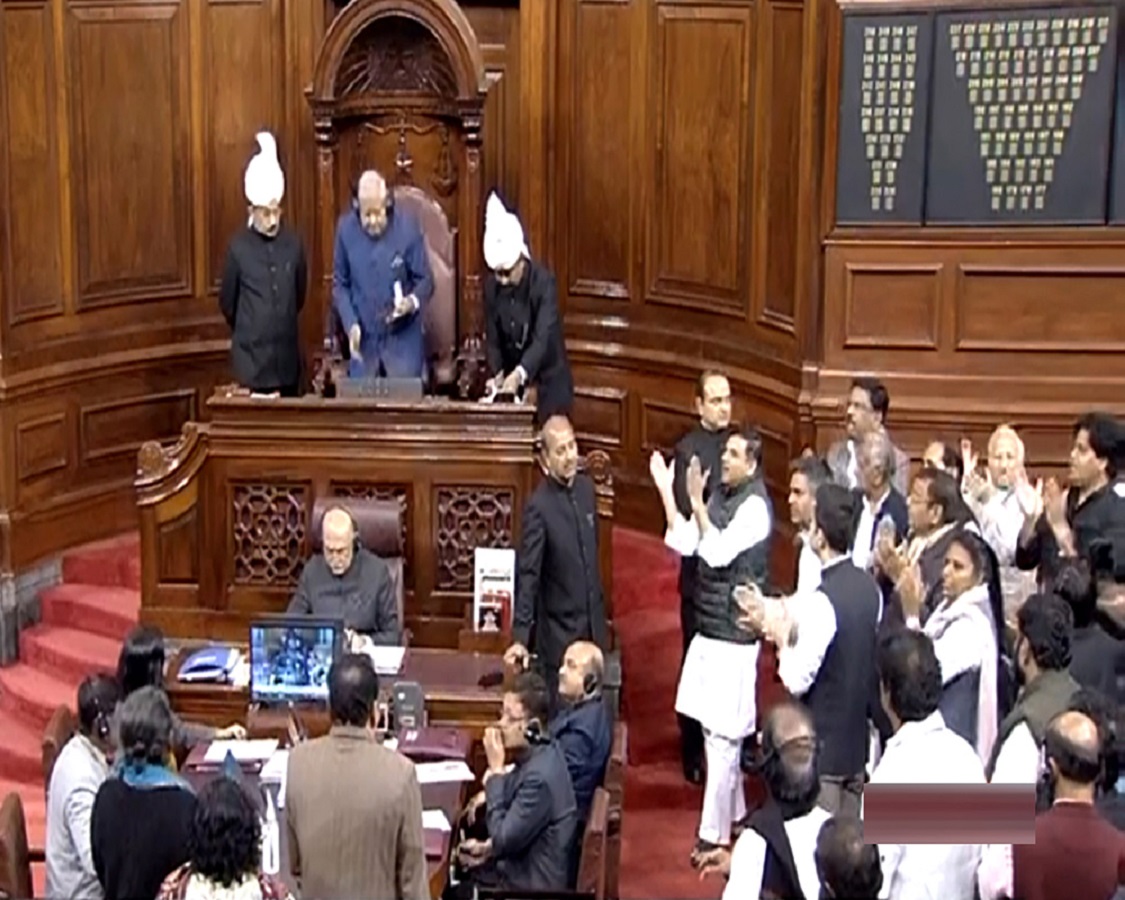ITANAGAR:
Tucked into the eastern corner of the country, Arunachal Pradesh, is known for its grand glacial peaks, blooming orchids and Tawang monastery, the second largest in the world after the Potala Palace in Tibet. It is also known for Gekar Sinyi (popularly known as Ganga Lake), one of the prominent tourist sites in the Himalayan state.
Located six kilo metres west of the capital city of Itanagar, the lake presents a mesmerising spectacle of the Himalayan ranges in its clean blue waters, providing a cathartic retreat from the maddening crowd of the city. Nestled in the shadows of the Himalayas, the pristine lake features verdant greenery, towering groves and stretches of orchids, and offers people a picnic spot for boating and getting immersed in the sounds of nature.
However, the calm green waters of the lake have a turbulent undercurrent of folklores that have been passed down for centuries. The Nyishi tribal communities have declared it as their heritage site because of its association with the tragic story of Tai Bida, which is lost to many and is just a fading memory for a few.
A heritage walk, conducted as part of the second edition of India Heritage Walk Festival (IHWF), will provide an opportunity to local residents to explore how the heritage site of Gekar Sinyiis connected with the Nyishi tribe’s folklore of Tai Bida (the founder of Ganga Lake). The participants would also delve deeper into the legends of the Chutia Dynasty which ruled Upper Assam and parts of Arunachal Pradesh during the 12th-17th centuries.
Duli Ete, an Assistant Professor in the Department of History, Dera Natung Government College, Itanagar, will lead the two-hour walk (10:30 am-12:30 pm) on February 16.
Another free guided walk in Itanagar will take the attendees to the Jawaharlal Nehru State Museum, regarded as a miniature version of Arunachal Pradesh as it displays the cultural heritage of over 25 major tribes and 100 sub-tribes of the state. It houses over 2,500 artefacts of historical, ethnographical and archaeological significance in two galleries.
A highlight of the museum is 27 miniature dioramas of day to day activities of various tribes of the state in their socio-cultural and physical landscapes.
Duli Ete will also lead this walk on February 23 with History Department, Dera Natung Government College, Itanagar, as event partner.
The month-long, multi-city IHWF 2019 has been organised jointly by Sahapedia (sahapedia.org), the online resource on Indian arts and culture, and UNESCO, to encourage citizens to explore the tangible and intangible heritage of their cities and towns. All bookings for the festival are powered by Odigos, a product by the Bird Group, is an online marketplace that connects tourists to certified guides in India. Odigos app provides a seamless way for travellers and locals alike to understand and explore the iconic sites of our country.
The IHWF, which received the prestigious PATA Gold Award 2018 for its maiden edition organised last year, is a one-of-its-kind month-long festival covering 37 cities, with nearly 100 heritage walks and outreach events. The February 02-28 festival is being supported by NMDC, a state-run mineral producer and explorer. The events’ bookings are facilitated by Odigos, an app that makes travel and discovery easier in India.
Vaibhav Chauhan, Festival Director (IHWF) and Secretary, Sahapedia, said: “We want to democratize access to local history and culture. One might be living in the same neighbourhood for years, but there is a big chance that an important landmark, tucked away in a back alley, has been missed and forgotten. The IHWF is that opportunity to discover the hidden gems linked to the history of a place, town or city.”
Junhi Han, Head and Programme Specialist for Culture, UNESCO New Delhi office, said, “The IHWF programme addresses knowledge of local architectural heritage, sustainable tourism, with a special focus on gender-related issues and accessibility in cultural heritage facilitating more inclusive and better outreach. The festival is expected to involve, engage and sensitize more people, in particular the youth, about their cultural heritage.”
Details about the walks, registration and other programmes of IHWF 2019 are available on https://www.odigosguides.com/India-heritage-walk-festival




